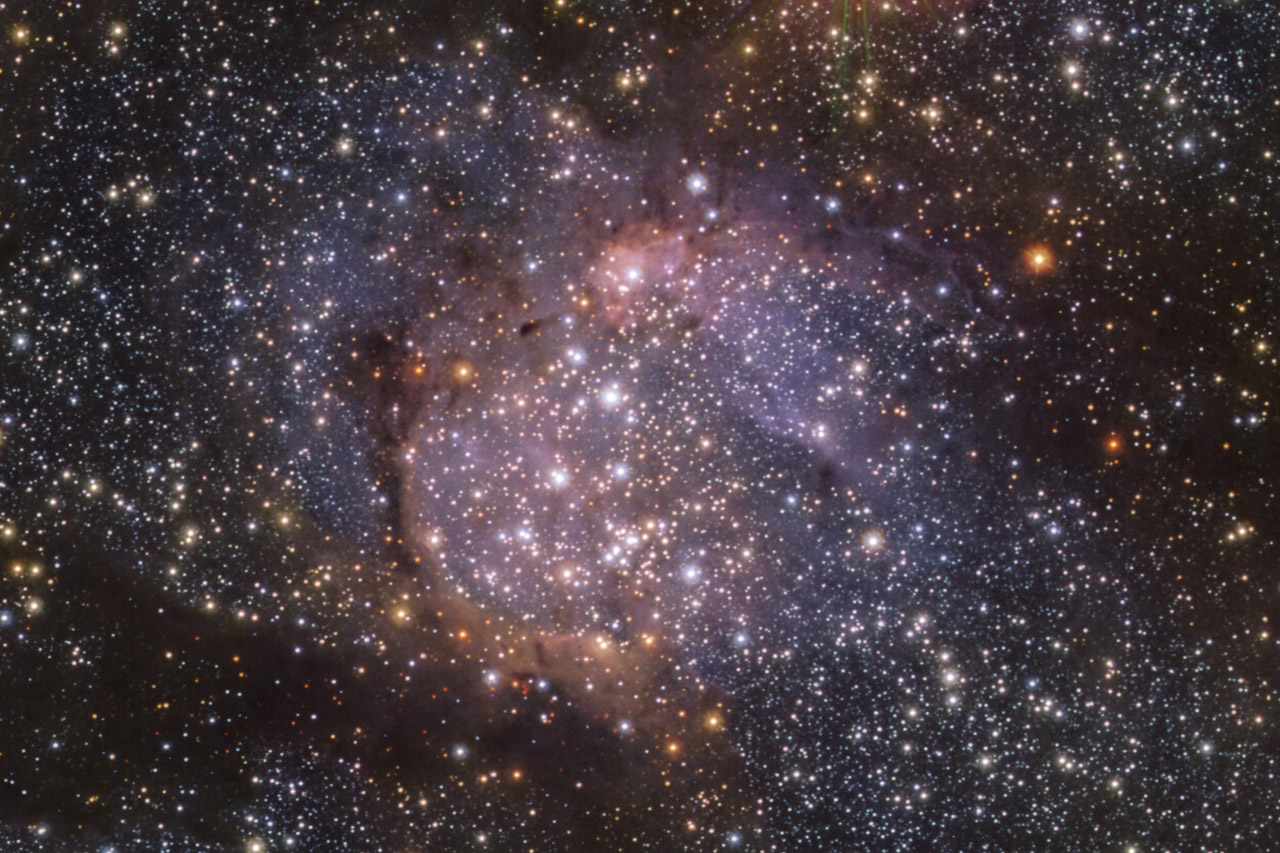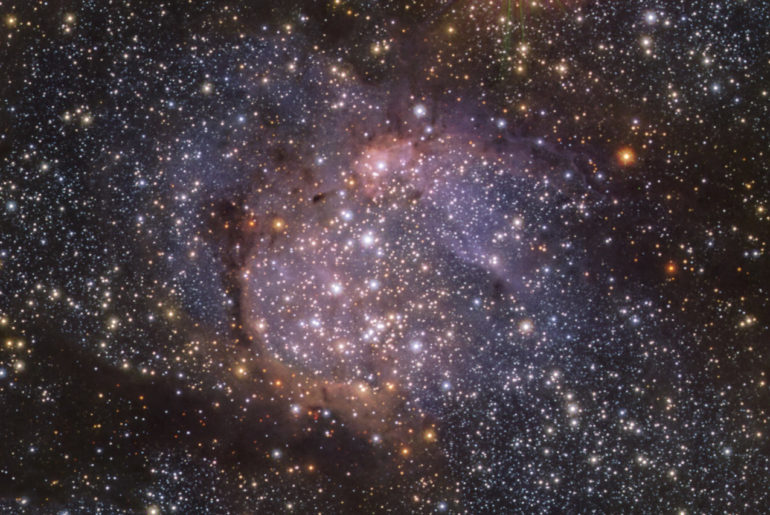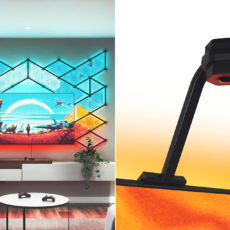
There’s the cosmic keyhole in the Orion nebula, and then this cosmic serpent in the Sh2-54 nebula located 6,000 light-years from Earth. It was captured by the ESO’s Visible and Infrared Survey Telescope for Astronomy (VISTA) in Chile, with the ‘Sh’ in the nebula’s name referring to astronomer Stewart Sharpless, who was responsible for cataloging over 300 nebulae in the 1950s.

VISTA (Visible and Infrared Survey Telescope for Astronomy) is essentially a wide-field reflecting telescope with a 4.1 meter mirror boasting just only one instrument: VIRCAM. The 3-ton Vista InfraRed CAMera contains 16 special detectors sensitive to infrared light, with a combined total of 67 million pixels. This enables astronomers to study objects that may be almost impossible to see in visible light because they are cool, hidden by dust clouds or because their light has been stretched towards redder wavelengths by the expansion of space.
- BRIGHT, SHARP VIEWS ANYWHERE: Unlike many beginner telescopes, this quality refractor features fully coated glass lenses and a 70mm aperture for...
- PERFECT FIRST TELESCOPE FOR BEGINNERS: Designed for adults and kids to enjoy together, this beginner-friendly telescope sets up in minutes and...
- EASY NO-TOOL SETUP: No complicated assembly or tools needed. The full-height tripod and telescope tube set up in seconds and pack neatly into the...

A visible-light image of the Sh2-54 nebula, captured by the VLT Survey Telescope at ESO’s Paranal Observatory in Chile. At these wavelengths the structure of the nebula is clear and the clouds of dust and gas block the light of stars within and behind it,” said the ESO.






